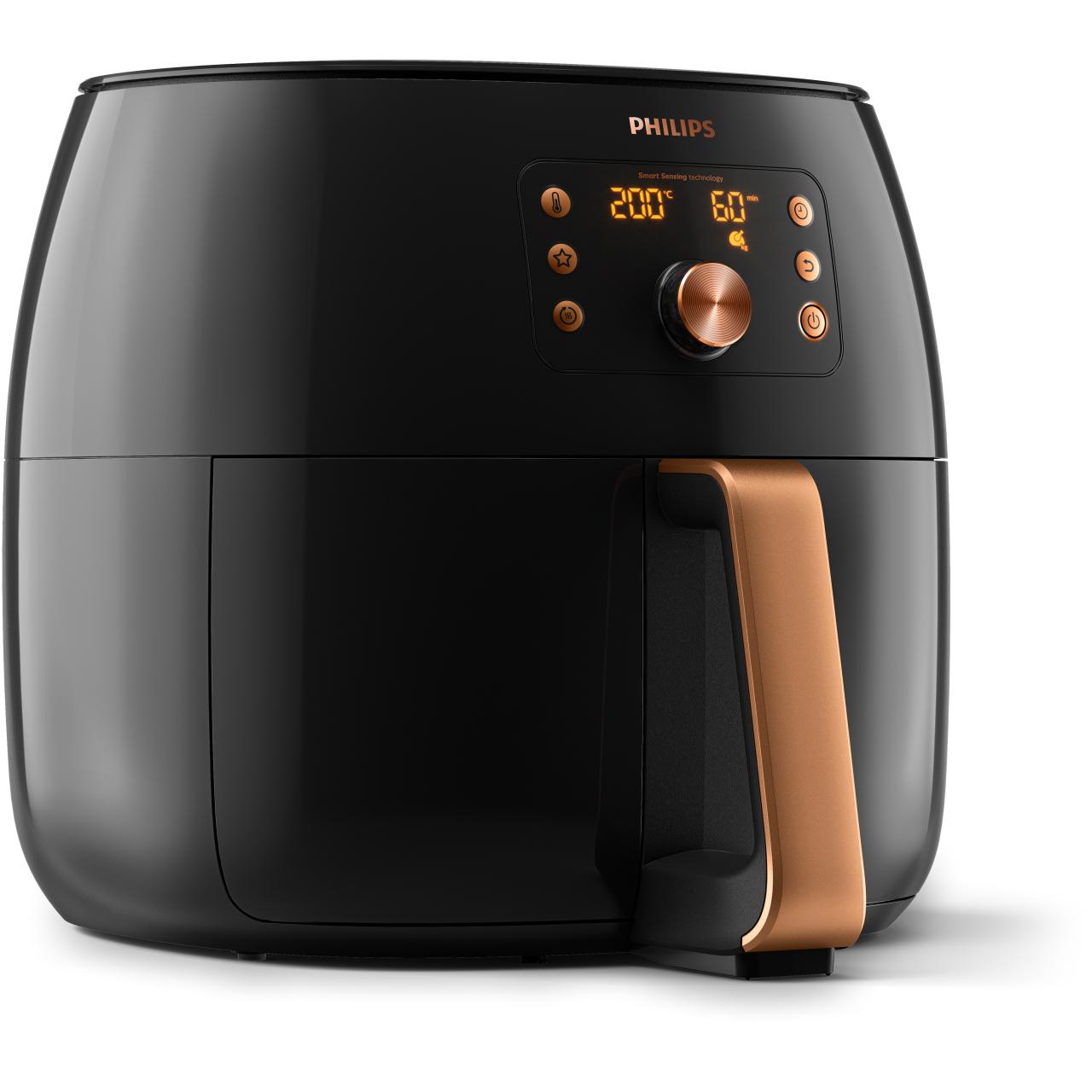Delving into philips hue apple homekit, this introduction immerses readers in the revolutionary world of smart lighting. Philips Hue stands out with its impressive features, offering users the ability to customize their lighting experience while seamlessly integrating with Apple HomeKit. From energy efficiency to vibrant color choices, Philips Hue transforms homes into personalized sanctuaries of light.
As we explore how Philips Hue aligns with Apple HomeKit, we’ll uncover the advantages of this integration, including effortless control through Siri and the ability to create automated scenes that enhance everyday living. This overview sets the stage for understanding the future of smart homes powered by innovative lighting solutions.
Philips Hue Overview

Philips Hue is a leading name in smart lighting, providing users with a versatile and innovative way to illuminate their homes. Known for its extensive range of products and seamless integration with smart home systems, Philips Hue offers countless possibilities for enhancing both ambiance and energy efficiency. This overview covers the standout features, the integration with Apple HomeKit, and how Philips Hue stacks up against its competitors.
Philips Hue smart lighting systems come with several notable features that set them apart from traditional lighting solutions. The system allows users to control their lights remotely through a smartphone app, enabling adjustments to brightness, color, and scheduling from virtually anywhere. One of the key advantages is the ability to create customized lighting scenes that can transform the mood of any room. Moreover, Philips Hue bulbs are compatible with a wide range of fixtures, including lamps, recessed lighting, and outdoor settings, making them an adaptable choice for various environments.
Integration with Apple HomeKit
The integration of Philips Hue with Apple HomeKit significantly enhances the smart home experience. This compatibility allows users to control their Hue lights using the Apple Home app or via Siri voice commands. With this integration, users can include Philips Hue lights in their HomeKit scenes and automations, providing a cohesive smart home ecosystem. The ease of setup is notable; it typically involves just a few steps to connect the Philips Hue Bridge to the HomeKit via a unique setup code, enabling seamless interaction among devices.
The integration supports a multitude of functionalities, including:
- Voice Control: Users can utilize Siri to adjust lighting without lifting a finger, making it convenient to switch on/off or change colors.
- Automated Scenes: Users can create specific scenes that combine Hue lighting with other HomeKit-enabled devices, such as thermostats and smart locks, to enhance home automation.
- Remote Access: With HomeKit, users can control their Philips Hue lights even when they are away from home, ensuring security and convenience.
Comparison with Other Smart Lighting Brands, Philips hue apple homekit
When comparing Philips Hue to other smart lighting brands, several factors come into play, including product range, compatibility, and overall performance. Philips Hue stands out due to its diverse product offerings which include A19 bulbs, light strips, and outdoor lights, all designed to work together seamlessly. This variety provides consumers with a comprehensive smart lighting solution that meets various needs.
Key comparison points include:
- Product Variety: Unlike some competitors, Philips Hue offers an extensive lineup of smart lighting products, ensuring options for different lighting needs and aesthetics.
- Integration Options: Philips Hue’s compatibility with Apple HomeKit, Amazon Alexa, and Google Assistant means it can easily fit into any smart home ecosystem, while some brands might offer limited integration.
- Color Range and Quality: Philips Hue is renowned for its vibrant color options and high-quality LED technology, providing a superior lighting experience compared to many competitors that may only offer basic white or limited color options.
- Community and Support: With a large user base and a wealth of online resources, Philips Hue users benefit from extensive community support and a plethora of tutorials for maximizing their smart lighting systems.
“Philips Hue not only illuminates spaces but also brings them to life, adapting to the rhythm of your daily activities.”
Setting Up Philips Hue with Apple HomeKit

Setting up Philips Hue lights with Apple HomeKit opens the door to a world of smart home automation, allowing users to control their lighting ecosystem with ease. The integration with Apple HomeKit not only simplifies control but also enhances the overall smart home experience, providing seamless connectivity and advanced features like automation and Siri voice commands.
To successfully connect your Philips Hue lights to Apple HomeKit, you will need specific hardware and software. This ensures that both the Philips Hue system and your Apple devices can communicate effectively. Below, we Artikel the essential components required for this setup, followed by a detailed step-by-step guide to help you through the process.
Necessary Hardware and Software for Setup
Before diving into the setup process, it is crucial to gather all necessary components. Having the right hardware and software ready ensures a smooth installation. Here is a list of what you will need:
- Philips Hue Bridge: The central hub that connects your Philips lights to your home network.
- Philips Hue Lights: Any compatible Philips Hue smart bulbs or fixtures you wish to control.
- Apple Device: An iPhone, iPad, or iPod touch with the latest version of iOS.
- Apple Home App: Pre-installed on your Apple device, allows you to manage HomeKit-enabled accessories.
- Wi-Fi Network: A stable and secure Wi-Fi connection for the Philips Hue Bridge and your Apple device.
Step-by-Step Process of Connecting Philips Hue to Apple HomeKit
Connecting your Philips Hue system to Apple HomeKit involves a straightforward step-by-step process. Follow these instructions to successfully set up your smart lighting:
1. Set Up the Philips Hue Bridge:
– Connect the Philips Hue Bridge to a power source and your Wi-Fi router using the included Ethernet cable.
– Ensure the bridge is powered on and the lights are blinking to indicate it is ready.
2. Install Philips Hue App:
– Download the Philips Hue app from the App Store on your Apple device.
– Launch the app and follow the prompts to create or log into your Philips Hue account.
3. Add Philips Hue Lights:
– In the Philips Hue app, tap on “Settings” and select “Light setup.”
– Tap on “Add Light” and the app will search for your connected Philips Hue lights. Follow the instructions to add them.
4. Integrate with Apple HomeKit:
– Open the Apple Home app on your Apple device.
– Tap on the “+” icon to add an accessory.
– Scan the HomeKit setup code found on the back of your Philips Hue Bridge or in the Hue app.
– Follow any additional prompts to complete the setup.
5. Customization and Control:
– Once connected, you can control your Philips Hue lights through the Apple Home app.
– Set up scenes, automations, and use Siri for voice commands to manage your smart lighting.
Troubleshooting Common Setup Issues
Despite the straightforward nature of the setup process, occasional issues may arise. Here are common problems and suggested troubleshooting steps:
- Bridge Not Connecting: Ensure the Philips Hue Bridge is properly connected to your router and powered on. Restart the bridge and check your router settings if necessary.
- Lights Not Found: Ensure that the Hue lights are powered on and within range of the Bridge. Reboot the lights and try adding them again in the Hue app.
- HomeKit Setup Code Issues: Double-check that you are entering the correct HomeKit setup code. If the code is not recognized, restart the bridge and try scanning again.
- Network Connectivity Problems: Verify that your Apple device is connected to the same Wi-Fi network as the Philips Hue Bridge. Reset your Wi-Fi network if issues persist.
“Integration with Apple HomeKit allows for advanced automation features, enhancing the smart home experience seamlessly.”
Utilizing Philips Hue within the Apple Ecosystem: Philips Hue Apple Homekit

Integrating Philips Hue lights into the Apple ecosystem enhances your smart home experience, allowing seamless control and automation across various devices. By leveraging Apple HomeKit, users can easily create personalized lighting experiences that fit their daily routines while also benefiting from the robust security and interoperability offered by Apple’s systems.
Creating Scenes and Automating Philips Hue Lights
Creating scenes and automating your Philips Hue lights in Apple HomeKit is essential for maximizing functionality and convenience. Scenes enable you to control multiple lights with a single command, adjusting brightness and color according to your preferences or activities. Automation allows your lights to respond to specific triggers such as time of day, location, or even sensor inputs.
To set up scenes in HomeKit, follow these steps:
1. Open the Home app on your Apple device.
2. Tap the “+” icon to create a new scene.
3. Choose a name and icon for the scene.
4. Select the Philips Hue lights you wish to include in the scene.
5. Adjust the settings like brightness and color temperature.
6. Save the scene for easy access later.
Automation can be set up using the following methods:
– Scheduled automations that turn lights on or off at specific times.
– Location-based triggers that activate lights when you arrive home or leave.
– Sensor-based actions, such as having lights turn on when motion is detected.
“Automation transforms your living space into a responsive environment, making everyday tasks effortless.”
Compatible Apple Devices Enhancing Philips Hue Functionality
Numerous Apple devices can augment the Philips Hue experience, providing enhanced control and interactivity. Some of the key devices include:
– iPhone/iPad: With the Home app, you can control your Philips Hue lights from anywhere, tailor scenes, and set up automations.
– Apple Watch: Quick access to control your lights directly from your wrist, allowing for convenience and ease of use.
– HomePod: Using voice commands, you can control your lights with Siri, creating a hands-free experience.
– Apple TV: Acts as a home hub, enabling remote access to your Philips Hue lights even when you are away from home.
Each of these devices plays a crucial role in creating a cohesive ecosystem that enhances the usability of Philips Hue lights.
Using Siri to Control Philips Hue Lights
Siri integration with Philips Hue lights allows for voice-activated control, making it easier to manage your home lighting without needing to physically interact with devices. By simply using voice commands, you can control the brightness, color, and status of your lights.
For instance, you can use commands like:
– “Hey Siri, turn on the living room lights.”
– “Hey Siri, set the bedroom lights to 50%.”
– “Hey Siri, change the kitchen lights to blue.”
To ensure smooth operation, make sure that your Philips Hue lights are configured correctly in the Home app and that Siri is enabled on your devices.
“Voice control with Siri makes managing your smart lighting an effortless part of your daily routine.”
Advanced Features and Customization
Philips Hue lights offer an array of advanced features and customization options that can elevate your smart home experience. When integrated with Apple HomeKit, users can harness the full potential of their lighting system, tailoring it to meet unique preferences and needs. From adjusting colors and brightness to creating elaborate automations, the possibilities for customization are extensive.
Customization Options for Philips Hue Lights
Philips Hue lights provide a wealth of customization options accessible through the Apple HomeKit. Users can control individual lights or groups, adjusting their colors, brightness, and even setting dynamic scenes. These customizations enhance the ambiance of any room, allowing for a personal touch.
- Color Control: Users can select from millions of colors to create the perfect mood. Whether it’s a vibrant red for a party or a soothing blue for relaxation, the color options are virtually limitless.
- Brightness Adjustment: The ability to control brightness with precision allows for tailored lighting setups. Dimming the lights for movie night or brightening them for work can be easily accomplished.
- Scenes and Routines: HomeKit supports creating scenes that can link multiple Philips Hue lights to activate simultaneously at a specific time or through voice commands, enhancing convenience and lifestyle integration.
Innovative Use Cases for Home Security
Philips Hue lights can serve as an innovative element in home security systems. By leveraging smart lighting, homeowners can enhance their overall security measures while deterring potential intruders.
- Automated Lighting: Scheduling lights to turn on and off at specific times can create the illusion of occupancy, thereby deterring burglars. For instance, setting lights to turn on at dusk and off at dawn simulates a lived-in environment.
- Motion Sensors Integration: When paired with motion sensors, Philips Hue lights can illuminate pathways or entry points when movement is detected, acting as both a deterrent and a safety feature.
- Alerts Through Color Changes: Homeowners can configure lights to flash a specific color in the event of an alarm or emergency, providing a visual alert that something is amiss.
Integration with Other Smart Home Devices
Philips Hue lights can seamlessly integrate with various smart home devices within the Apple ecosystem, enhancing functionality and providing a cohesive smart home experience. This interconnectedness enables users to create comprehensive automation scenarios.
- Voice Control with Siri: Users can control Philips Hue lights using Siri, allowing for hands-free operation. Simple commands can set the mood or adjust lighting without the need for physical interaction.
- Automating with HomeKit Scenes: Philips Hue lights can be combined with other HomeKit-enabled devices, such as smart thermostats or door locks, to create intricate scenes. For example, a “Good Night” scene could turn off lights, lock doors, and adjust the thermostat simultaneously.
- Integration with Cameras: Coupling Philips Hue lights with security cameras can enhance safety. For instance, if a camera detects movement, lights can automatically illuminate the area, providing better visibility and deterring suspicious behavior.
Utilizing Philips Hue within the Apple HomeKit ecosystem expands not only the aesthetic capabilities of your home but also significantly enhances safety and efficiency.
Questions and Answers
What devices are compatible with Philips Hue and Apple HomeKit?
Philips Hue lights are compatible with a range of Apple devices, including iPhones, iPads, and Apple Watches, allowing for control through the Home app or Siri.
Can I control Philips Hue lights remotely?
Yes, you can control Philips Hue lights remotely through the Apple Home app as long as you have an Apple device and an internet connection.
What should I do if my Philips Hue lights won’t connect to HomeKit?
Check your network connection, ensure that the Philips Hue Bridge is up to date, and try resetting the connection in the Home app.
Are there any subscription fees for using Philips Hue with Apple HomeKit?
No, there are no subscription fees; however, additional features may be available through other services or devices.
Can I create custom scenes with Philips Hue in Apple HomeKit?
Absolutely! You can create custom scenes in the Home app to control multiple lights with a single command, tailored to your preferences.
The galaxy s6 edge remains a standout device, especially for those who appreciate a blend of style and functionality. Its iconic design and dual-edge display create a stunning visual experience, making it a favorite among tech enthusiasts even years after its release.
Additionally, the emergence of the samsung galaxy f series has brought fresh excitement to the market, targeting users who seek budget-friendly options without compromising on essential features. This smartphone line offers impressive specifications that cater to the needs of modern users, making it an attractive choice for many.